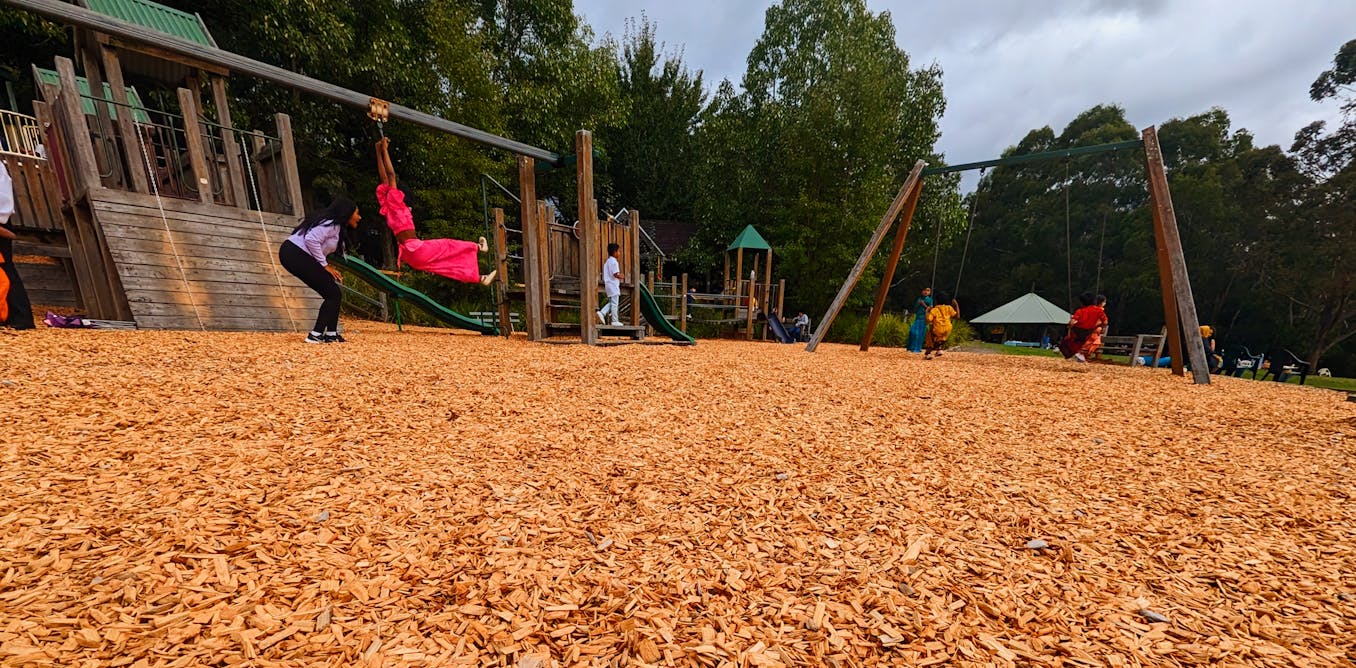


Coal ash fill, a byproduct of burning coal to generate electricity, is facing scrutiny from environmental groups who are calling for stronger regulations on its use. The American Coal Ash Association estimates that 2 million tons of coal ash were used for fill in 2021 alone, and EarthJustice claims that 180 million tons have been used since 1980 [99bb9208].
The concerns raised by environmental groups highlight the potential health risks associated with the use of coal ash fill. The EPA's draft risk assessment indicates that the use of coal ash as fill may pose an elevated cancer risk due to radiation. This risk assessment adds to existing concerns about the environmental and health impacts of coal ash, which contains toxic substances such as arsenic, lead, and mercury. The use of coal ash as fill has been a common practice for decades, with the American Coal Ash Association estimating that 180 million tons have been used since 1980 [99bb9208].
In addition to the concerns surrounding coal ash fill, recent investigations have revealed asbestos contamination in mulch used for playgrounds, schools, parks, and gardens across Australia. So far, 60 locations in Sydney have been identified as contaminated with asbestos [7187f505]. The contamination is believed to come from construction and demolition sites that turned into mulch. The severity of the issue highlights the need for mandatory certification of recycled products such as mulch to ensure their safety [7187f505].
The discovery of asbestos in mulch raises concerns about the implementation of circular economy principles in Australia and could discourage the use of recycled materials. Existing policies and regulations have failed to prevent mulch contamination, emphasizing the need for effective strategies. Certification schemes for recycled materials are not widely known or supported in Australia. The cost of certification is seen as a barrier, but it is a small fraction of marketing budgets. Encouraging builders to use certification schemes and creating directories of approved recyclers can help ensure the quality and safety of recycled materials [7187f505] [99bb9208].
The EPA has stated that it will review the letter from environmental groups and respond accordingly. The agency's response will be crucial in determining the future regulations surrounding the use of coal ash fill. Environmental groups are advocating for stricter rules to protect public health and prevent potential harm from the use of coal ash fill. They are calling for a comprehensive assessment of the health risks associated with coal ash, as well as measures to limit its use near residential areas and prohibit its use as structural fill [99bb9208].
The Atlanta-based Southern Environmental Law Center (SELC) is also taking action to address coal ash pollution. They are asking the U.S. Environmental Protection Agency (EPA) to revoke a permit issued by the Georgia Environmental Protection Division (EPD) for a coal ash pond closure project at Plant Hammond near Rome, Georgia. The permit allows toxic coal ash to remain in contact with groundwater in violation of a federal rule adopted in 2015. The U.S. Court of Appeals for the District of Columbia recently upheld the Biden administration's crackdown on coal ash disposal plans that leave the ash in groundwater. Coal ash contains contaminants that can pollute groundwater, drinking water, and air. Georgia Power plans to close all 29 of its coal ash ponds, with 19 to be excavated and removed and the other 10 to be closed in place. The closures of larger ash ponds at other plants are already underway or completed. The SELC accuses the Georgia EPD of not protecting Georgia's clean water and communities from toxic coal ash pollution and calls on the EPA to step in. Georgia Power asserts that it is using proven engineering methods and technologies in its ash pond closure plan at Plant Hammond [52b98bec].
The debate over the use of coal ash fill and the discovery of asbestos contamination in mulch reflect broader concerns about the environmental and health impacts of various materials used in construction and everyday life. Stricter regulations and oversight may be necessary to ensure the safe and responsible management of coal ash and recycled materials, protecting public health and the environment [7187f505] [99bb9208].